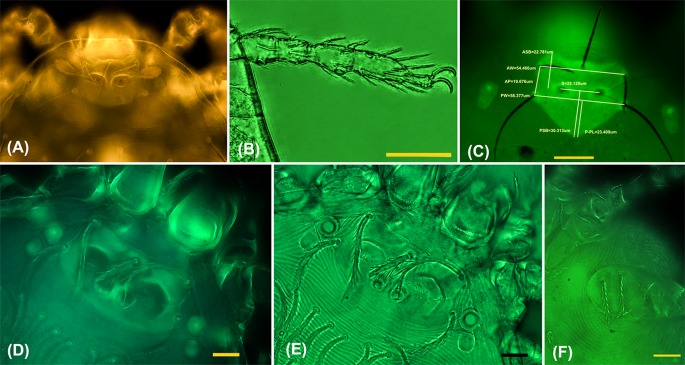Fig 2. Fluorescence microscopy for trombiculid mite identification.
(A) UV light imaging (no filter) with distinct yellow-orange autofluorescence of the trombiculid mite dorsal scutum. (B) Characteristics of setae or claw structures are more delineated using multilayer bright-field imaging with a FITC filter where multiple composite images are combined into one; Walchia ewingi lupella leg III (scale bar 35 μm). (C) Autofluorescence (AF) imaging with a FITC filter provides clear scutum images of high resolution, ideal for measurements. Note the prominently fluorescing double eyes; Blankaartia acuscutellaris (scale bar 35 μm). (D) Comparison of AF and bright-field (BF) images with FITC filter of the same specimen by switching light-mode; morphological scutum details and setae insertions are rendered more precisely by AF alone, while in panel (E) setae, legs and gnathosome details are sharper when AF is combined with BF illumination, example Helenicula sp. (scale bar 10 μm). (F) The usually difficult-to-see setae on coxa III are clearly visible using AF-BF microscopy with FITC filter (scale bar 10 μm).

